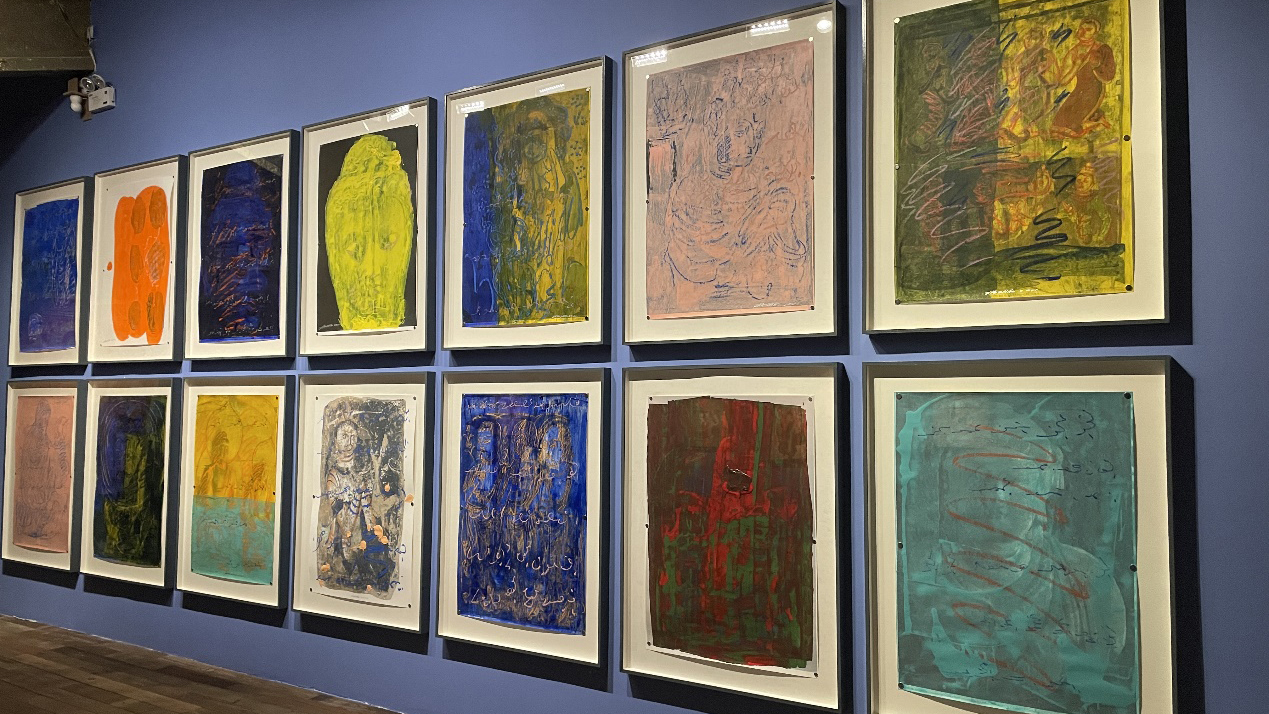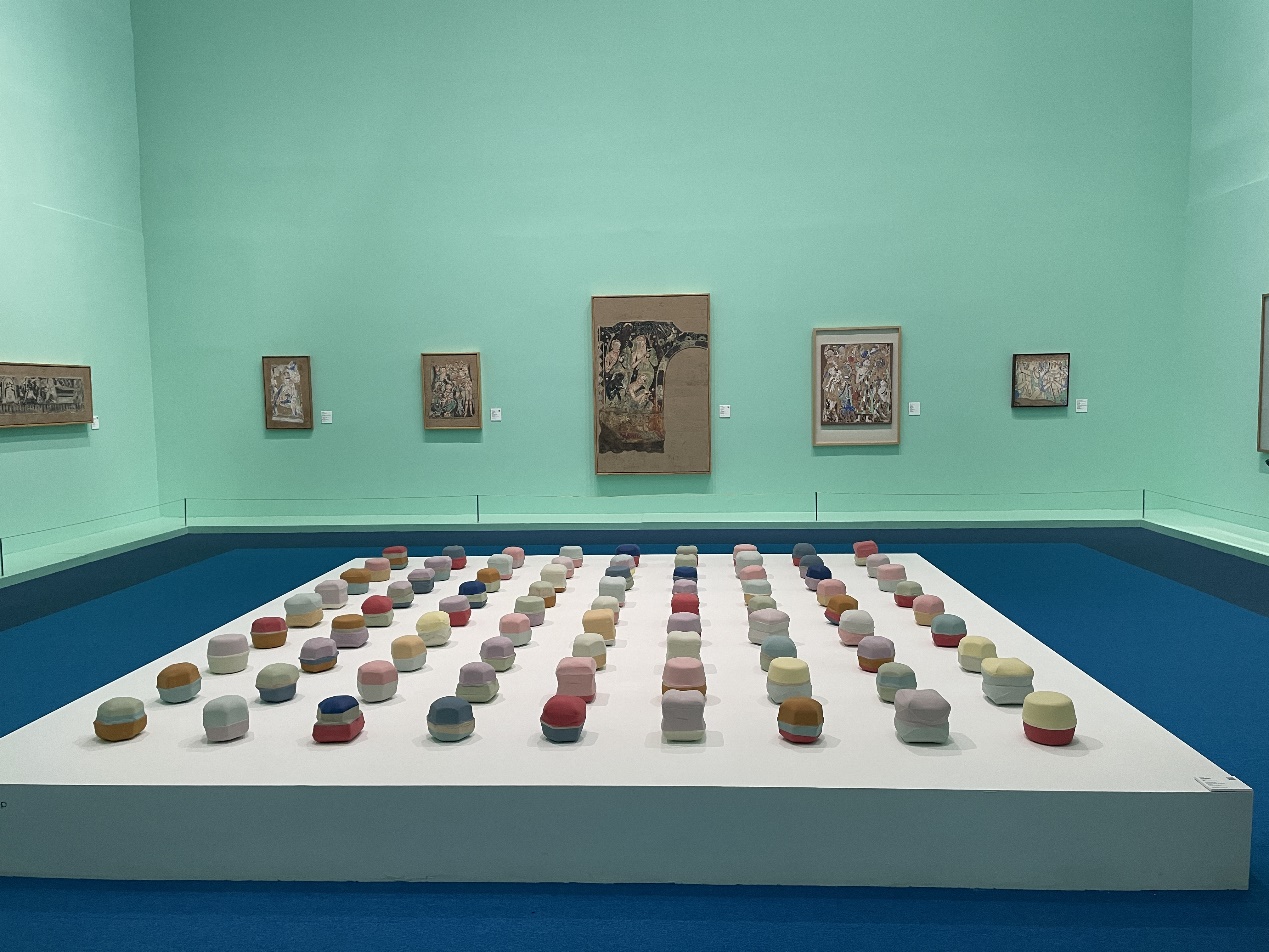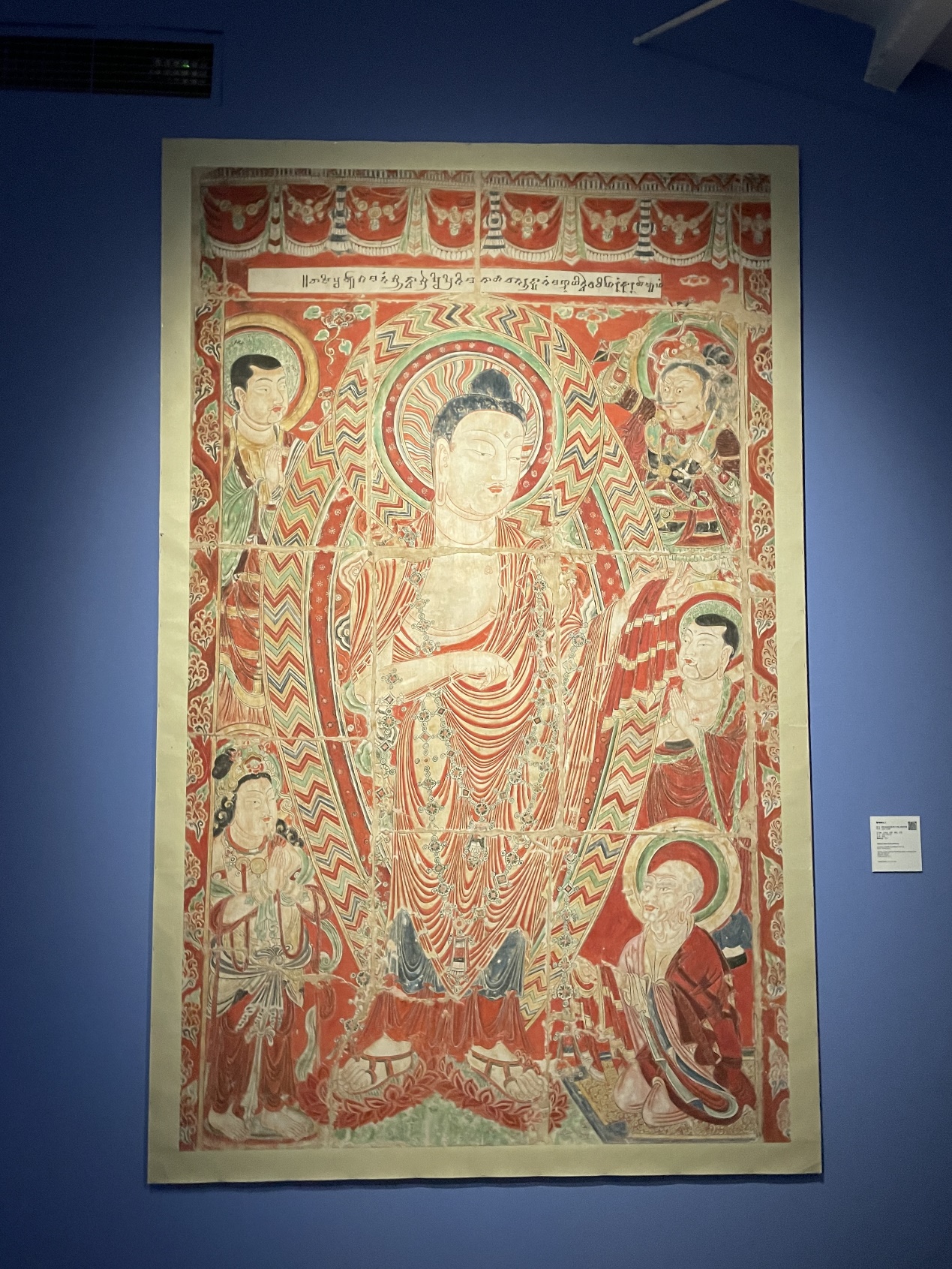03:05

The group exhibition "Dancing with Xinjiang" has opened at M WOODS museum in Beijing's 798 art district. CGTN reporter Yang Yan went to check out the highlights and talked to some of the artists.
Through ages, Xinjiang Uygur Autonomous Region has been a place of convergence and exchange among Western and Oriental civilizations. Diverse cultures gather here, forming a unique style of art and culture.
The exhibition showcases original pieces of ancient Xinjiang art from the M WOODS collection, plus original works created by over 10 contemporary artists, as well as mural copies of Xinjiang .
The exhibit aims to explore the influence and significance of Xinjiang's history and culture, and its current role in the development of Chinese contemporary art.
"By creating this exhibition, we experiment on building a platform for exchanges across space and time with a multi-perspective approach, and most importantly, to show how ancient Xinjiang art has nourished and influenced contemporary artists's creation," said Lei Wanying, founder of M WOODS.

Art pieces at "Dancing with Xinjiang" at M WOODS museum. /CGTN
Art pieces at "Dancing with Xinjiang" at M WOODS museum. /CGTN
A highlight of the exhibition is copied murals. The technique is used to protect the murals and learn about the art form. A group of artists have explored and studied the ancient art of Xinjiang in the form of mural copying.
Some of them have been painting in caves for decades, while others have traveled all over the world, searching for and copying ancient murals that have been lost abroad.
These works are not the simple reproduction of the art of fresco – the technique also has a long-term significance.

Art pieces at "Dancing with Xinjiang" at M WOODS museum. /CGTN
Art pieces at "Dancing with Xinjiang" at M WOODS museum. /CGTN
Du Wujie and Zhou Liya are two of the artists.
"The murals in China's western regions, on the one hand, have been severely damaged due to the outer environment. We should make every effort to protect them and so far the opened caves are very limited. On the other hand, the platform for spreading traditional culture is not frequently seen," said Du Wujie.
"As far as I am concerned, good art needs to be inherited. For example, the murals ... we can't immediately visit them. Therefore, if there is such an exhibition, it is like a space for public education, more people can get to know and be interested in them, and then visit these places one day," opined Zhou Liya.
The exhibition runs through August.

